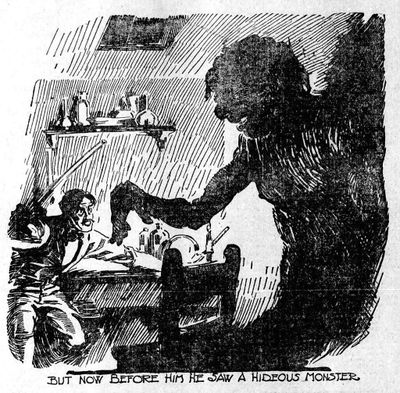Central Library exhibit, Frankenstein: Penetrating the Secrets of Nature, examines mix of myth and science in Mary Shelley’s novel

“Spooky Month,” known to some as October, is upon us, and Spokane Public Library is wasting no time in delivering some eerie educational materials to all the Halloween lovers in the community.
The Central Library opens a traveling exhibition from the National Library of Medicine, “Frankenstein: Penetrating the Secrets of Nature” on Monday. The library has partnered with local oddity shop, Petunia & Loomis, to create a display of items and information that lives at the intersection of science and spookiness.
Mary Shelley, the author of the 1818, “Frankenstein; or, The Modern Prometheus,” has long left us with questions about the boundaries of scientific ambition in her tale of a Swiss scientist who goes to lengths to artificially create sentient life. As the popular tale goes, Victor Frankenstein’s Creature is not only a successful science experiment, but a complex fable about the ethics of manipulating natural life, as well as society’s reaction and apprehension toward scientific and technological development.
This exhibit explores the true history of scientific advancements through this thematic lens, inviting viewers to think on controversies around the boundaries humankind has pushed in the past, as well as the boundaries we continue to push today. For in-person visitors, the exhibit offers a variety of informational panels which the Central Library has paired with archival anatomical diagrams. For those looking to learn more or unable to attend in person, the exhibit has an online component for learners of different levels.
It provides two modules, K-12 and university level, which are both free for educators and accessible through the NLM website. For the elementary and high school levels, the module focuses primarily on the early uses of electricity. The higher education module looks deeper in the context of the time in which the novel was written, focusing on the advancements in medical and natural science during that era. It also takes a look at the colloquial usage of “franken” to describe advancements that are perceived as artificially created or monstrous, such as “Frankenfood,” “Frankentomatoes” or even “Frankenstorm.”
The NLM has created various exhibits like this one, using the framework of popular culture to discuss the role of scientific advancement in society and historic events such as public health crises and social movements.
“Making these available free to libraries across the country increases awareness of medical advances through history and the role medicine plays in culture and humanity. Libraries are able to share the importance of science and connect the themes to their local area and collections,” said Vanessa Strange, adult services manager at Spokane Public Library.
It offers the public an opportunity to have a bit of creepy fun to kick off October, while reflecting on the way true science and tales of science have impacted civilization over time. Although the story of Frankenstein is more than 200 years old, every October reminds us of how relevant and effective the story still is.
The exhibit will be available through Nov. 16. To view the online portion of the exhibit, visit nlm.nih.gov/exhibition/frankenstein.